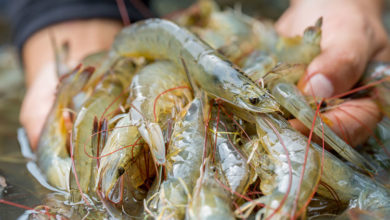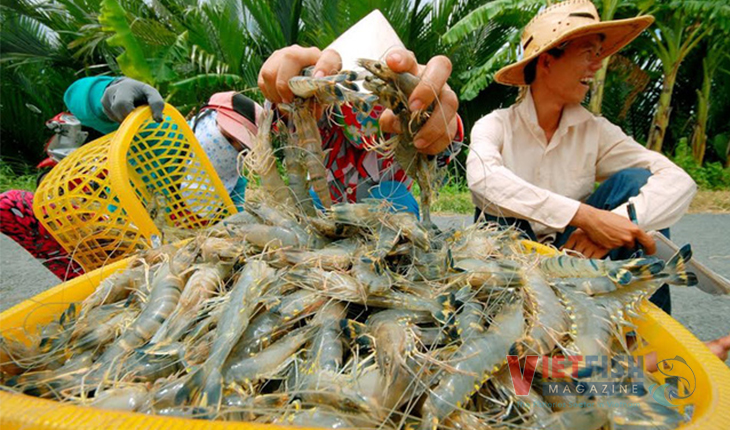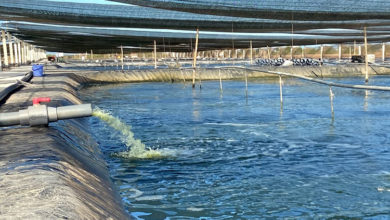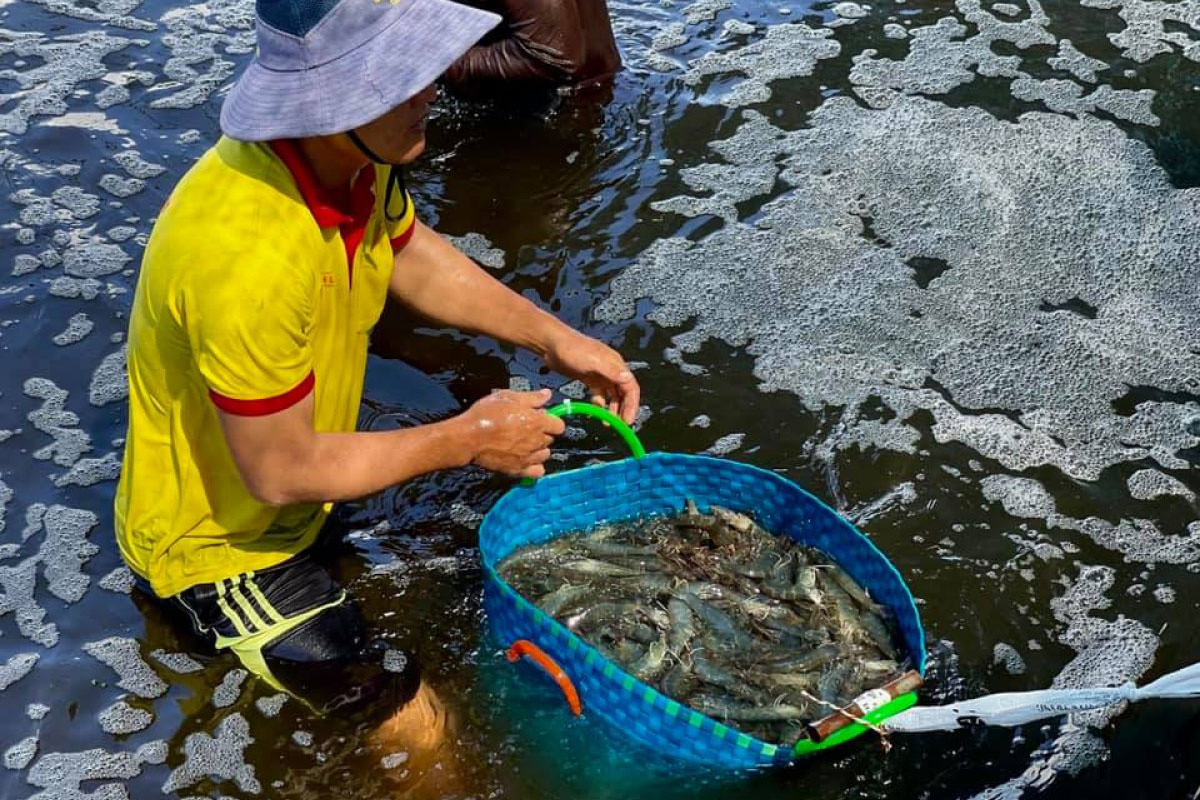Khánh Hòa: Land-based farming of lobster
Lobsters have been farmed in sea cages for years. However, Dr. Mai Duy Minh who works in Research Institute for Aquaculture No.3 under Ministry of Agriculture and Rural Development has just taken shrimps to “new house”, which is land-based.
“I was given 200m² growing ponds where I harvested 400kg lobsters in straight three years and produced pellet feed. I stocked 300 post-larval lobsters in 2016 for the first time, however only 60 lobsters survived. I stocked for the second, third, even forth time in vain. There were times when the whole lobsters didn’t make it”, Dr. Minh recalled siting at theNation Breeding Center for Middle Region in Đá Trắng slope of Vạn Ninh district, Khánh Hòa province.
It has been known that lobsters are farmed in sea cages and ate feed at the bottom level. They can not survive on the land-based facilities, not mention in dry mountain slope like Đá Trắng. At the beginning, Doctor Minh tried rearing lobsters in small ponds. They died. He operated them for research, took samples and sent them for analysis. Then he continued with larger and deeper tanks. However, the situation stayed the same when lobsters were found dead. He had experts come and investigate, the results showed that environment was quite good and feed had been carefully tested. He figured out that disease prevention and treatment for lobsters had not been good. He decided to see lobster farmers in Vân Phong Bay.
After talking with local farmers, Minh gave them 200 post-larval lobsters to compare lobsters in sea cages with ones in ponds. He recorded farmers’ opinions and experiences in selecting post larvae, discriminating sick lobsters and well lobsters, and making disease prevention and protection. Since June 2017, lobsters in the Center have weighed up well and type 1 lobsters (size 0.5kg/pc) were harvested in Tet Holiday.
Farmer Lê Xuân Hân (group 1, Vạn Giã town, Vạn Ninh district) said that Dr. Minh’s model was possible as it was scientific, reduced working hours, managed lobsters, controlled water environment, and avoided risks from storms.
Mai Duy Hảo, one of three officers who have been working in lobster farming ponds in the first days said that the growing ponds were operated by machines. The system included two round ponds, two large square ponds and eight small deep tanks (1m-1.4m) that were equipped with accessories. Square tanks helped lobsters hide in corners to avoid being captured by other species while round tanks created swirling to remove scraps and left-over feed through the vent at the bottom. The diameter or side of the tanks was 3m long, so commercial lobsters would not get hurt crashing on the pond sides in their rebounding. There were nets for lobster to hold on. Before being treated in biological tanks, sea water flew from growing ponds to catch basin to keep grain charges, then it went to the watering basin for cooling, oxygen making, sterilizing, and flew back to growing ponds.
Not only did Minh prepare water in tanks, but also he produced pellet feed which were similar to natural feed, suitable for lobsters, cheap, helped lobsters prevent some diseases. Besides, pellet feed helped contribute to export certification. Dr. Minh could reduce diseases right in growing ponds without eliminating sick post-larval lobsters. Now he can control Milky Haemolymph disease and is finding a way to treat black gill disease.
Project of farming spiny lobsters when they weigh 20g each until they become commercial ones in growing ponds with water reuse system and 100% of pellet feed by Dr. Minh has settled three important issues: water management, disease prevention and treatment, and industrial feed production. However, his lobsters have lower rate of survival and growth as compared with lobsters of local farmers. After 18 months of stocking, lobsters in cages weigh up 0,9-1kg each with survival rate of 80%; meanwhile lobsters in ponds weigh up 0.68kg each with survival rate of 71%. Spending 546 million VND on 100m2 growing pond and selling lobsters at 1.8 million VND/kg (type 1) will make 46 million VND loss.
However as calculated, if water quality is enhanced, disease is controlled better, and pellet feed is improved, lobsters will weigh up 0.8kg/pc with survival rate of 80% and profit 41%. Thus, although rearing lobster in ponds has not brought economic profit, the research has created a fundamental experience for further technical improvement, effective lobster farming process in the future. If so, lobsters will meet requirements of high technology, clean and sustainable environment, and exports. Dr. Minh has been invited to work as the consultant for the project of developing spiny lobster and green lobster farming system in 5,000m² area on the beach by Đắc Lộc Seafood Company Ltd Phú Yên), starting with five tons each kind. Some companies are studying and proposing to finance so that they will own this technology once it is completed.
VFM






